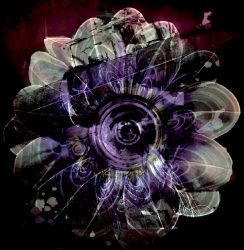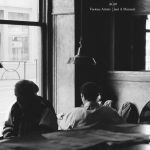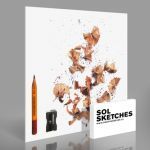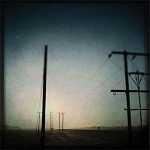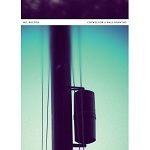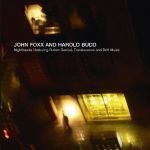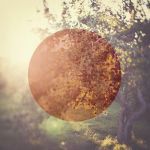Ever since Brian Eno himself introduced the SSeyo Koan Generative Music software (way back in 1996!!) I have been interested in the Generative Music concept: music that is ever-changing, evolving from a single “seed”, consistent through musical parameters defined by the ‘artist’, the creator that has to refrain from influencing the ‘path’ of the music once it has left off.
For his release Generative Music I, Brian Eno chose the most radical medium possible: a diskette containing the software, only reproducable when using the correct hardware (the SoundBlaster AWE32 soundcard: I actually bought one of those just to be able to reproduce Eno’s Generative Music!!).
Which sadly means you’ll have a hard time now to reproduce this music as it was intended then.
This represents the dilemma for musicians creating Generative music. Apart from using it in sound installations, there is no way to distribute the music in its generative form, since every recorded medium stops it from being generative (= different with every new performance).
Which does not mean that a recorded ‘instance’ of generative music is not interesting to listen to….on the contrary. But, like a photograph compared to movement, it is a ‘frozen’ capture of an ongoing (musical) process.

